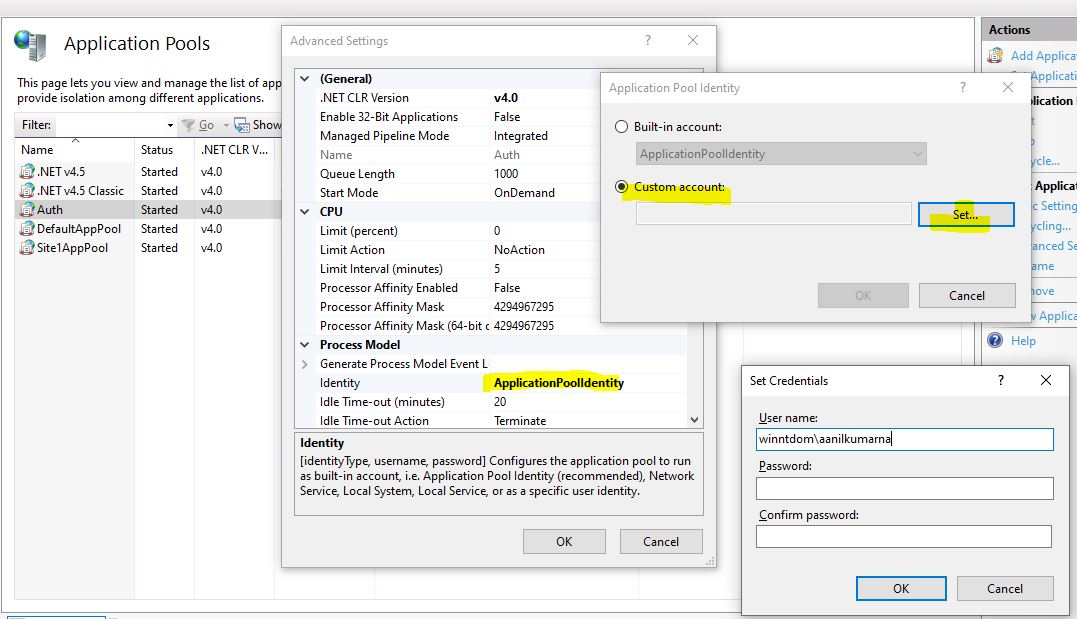Is it possible to see the powershell or cmd window when we start the process?
Not from the browser window. Remember, you have 3 machines involved here. PC-1 running Edge/Chrome browsing a site on PC-2 running IIS, w3wp.exe, which launches a Powershell.exe subprocess which does a WinRM (Invoke-Command) call to PC-3 where svchost.exe processes the call and launches the ultimate setup.exe (or whatever) for the app you want to install.
The basic issue here is that you are trying to live in 2 different worlds. There is the classic desktop world where a process runs in the context of a user and GUI programs and message boxes and prompts to get input, all work.
Then there is the non-interactive world of services and background applications like IIS. GUI's and prompts don't work here. Using IIS to front end processes is a great idea. I build a number of web sites to do various functions at the place I used to work at. But you have to understand that the web site is the user interface in that environment.
Let's say that you have a PS script to install MS Office. And it prompts the user to select the components to install; Word, Excel, etc. It works fine in the desktop world, but you need to modify it for the non-interactive world. There is no one there to "click ok to continue". On the ASPX page for "Office Install", you need to add controls and text boxes to gather the install details. Then when you launch Powershell.exe you would pass that information as script parameters to execute on PC-3. That needs to be a silent install that uses stdout and stderr to return success or failure messages to PC-2 and ultimately back to the user on PC-1.
Let's try this; check your IIS config. Do you know how to find the application pool for your site? Check to see if it's set to run as the system account. See if you can set it to your account so that whoami.exe returns your account instead of system. If you get that to work, then try running Powershell to do an invoke-command on remote system and return something trivial like $env:COMPUTERNAME.
If that works, then you have admin access to PC-3 and you can run anything that you want. If you don't want to change your existing scripts, you could run "schtasks.exe /create /TN OfficeInstall /RU interactive /tr \server\share\OurStuff\whatever.exe" and run the script in the context of whoever is logged on to the desktop. (But they would also need admin authority to do an app install...)
Long term you would not want to use your own account for the app pool. You should get a dedicated account for that. Or get impersonation working and overcome the IIS double hop problem which is what I'm trying to have you avoid at the moment.
And you would still need to implement some kind of user authentication test so that only members of your team can access the web site.




